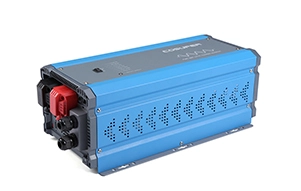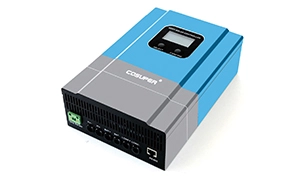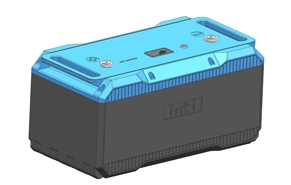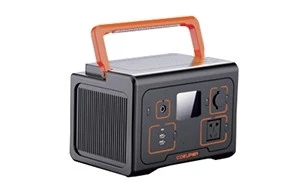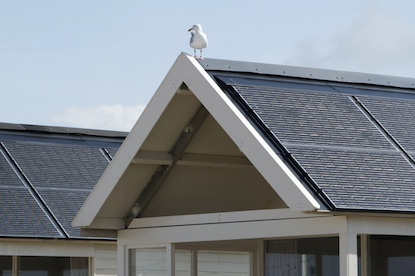We're all very familiar with the fact that blackouts are widespread in almost every country of the world. To get an uninterrupted life and continuous activity, we need an inverter in our place as it stores backup power for us, which helps us continue to use our household appliances after a power outage, that makes inverters so important to our daily life, but it can be a bit intimidating figuring out which inverter wholesale is right for you. In this article, we’ll show you what is an inverter, how it works, and which model is right to fit your needs.
What is an inverter?
The inverter is a device that converts low-voltage direct current from a battery into standard household alternating current, to allow you to run multiple household appliances whenever and wherever you need the power.
How does it work?
Direct current or DC power from the battery flows in one direction from the negative terminal of the battery, through the complete circuit, and back to the positive terminal of the battery. However, a typical 12V/24V/48V battery can only provide relatively low voltage power. Depending on your country-specific voltage, the appliance requires 120V or 240V AC power.
Inverters tackle this difference by increasing the voltage and using transistors or semiconductors to quickly reverse the polarity of the DC input back and forth, sending it through the circuit one way, and then quickly inverting it and sending it the other way. In most cases, it completes this 60 times per second (60 Hz).
Which size inverter you should choose?
You need to focus on the sizes required for your place. A straightforward way to find out what size inverter you need is to first calculate what appliances and devices you will be using through the inverter's power supply.
Then sum up the wattage of each device and compare it to the power output of the inverter you plan to buy. In short, your inverter should be able to handle the load of all the gadgets and appliances in your home. Failure to do so could result in a sudden overload of the inverter and possible failure.
For example, if you use air-conditioning, TV, and laptop at the same time. On each device, you'll see a wattage. An air conditioning might be rated at 1500W, a TV 200W, and a laptop 95W. Add them up to see how much continuous power you need, then increase by 20%. So in this case you will need more than 2200 W.
Choosing between a Sine wave inverter and a Square wave inverter
You normally have two options: pure sine wave inverter and modified sine wave inverter. It is recommended to buy a sine wave inverter, although it costs a little more because it is safer and has a longer lifespan. You can also find some modified sine wave inverters on the market that are cheaper than regular inverters. The modified sine wave inverter is suitable for appliances like lights, TV, microwave oven, tools, etc, but if you mostly want to run devices like motor tools, fans, or refrigerators, the Pure Sine Wave Inverter is your best choice.
Finally
The inverter is vital electrical equipment in every home and office. In summer, it is difficult to survive without electricity; in winter, a heater is a necessity. So if you don't have an inverter in your home, it will create problems for your survival. So you will want to buy an inverter from inverter suppliers to make your life easier and more comfortable. There's no doubt that when you're in the market for one, it's hard to find the best one because there are so many options. So, consider the above buying guide and get the best and worth one.

 English
English 